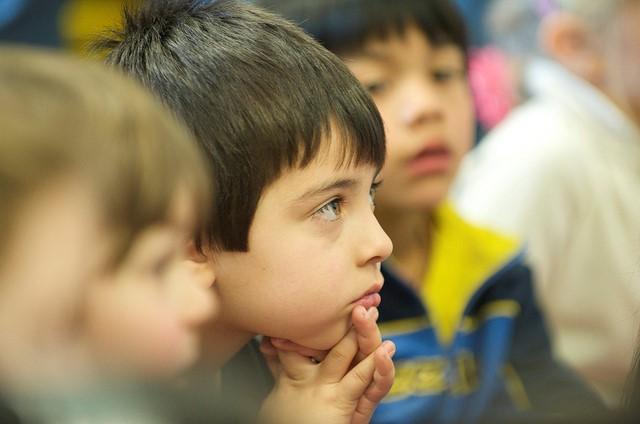
This week, Oregon children will begin receiving the first of three monthly payments of up to $408 per child to help their families afford to feed them.
The payments, which have barely been publicized, are intended to make up for the free or reduced-cost meals that more than 400,000 preschoolers and public school students missed out on during the past year, while their schools and child care centers were closed.
That means most Oregonians age 18 and under will get the money, which can be spent on any of the wide array of foods and beverages that people are allowed to purchase with food stamps.
For children enrolled in the Supplemental Nutrition Assistance Program, the extra money will be loaded onto their parents’ Oregon Trail cards between Thursday and July 29, then again in late August and late September.
Hundreds of thousands of additional children, whose families make too much money to qualify for food stamps, will be mailed special debit cards with the child’s name on them.
The cards will be mailed Thursday from South Dakota, and state officials are warning families to be on the lookout for mail from an unfamiliar address in that state that will contain the cards. Like Oregon Trail cards, they will be reloaded in late August and late September to allow for purchase of additional groceries.
Children in certain schools will be sent the money regardless of their family’s income. That’s because hundreds of Oregon schools offer free meals to all their students, under a federal school meals rule known as “community eligibility.” If a school has at least 40% of its students in certain state programs including food stamps or foster care, then every student is served free meals without any families having to fill out school meal-related paperwork.
Those schools include Benson, McDaniel, Jefferson, Roosevelt, Hillsboro, Parkrose, Reynolds and David Douglas high schools and Beaumont, Lane, Ockley Green, George, Tubman, Rowe, Parkrose and South Meadows middle schools. Dozens of elementary schools in the Beaverton, Centennial, David Douglas, Forest Grove, Hillsboro, North Clackamas, Parkrose, Portland and Reynold school districts also offer the meals benefit to every student.
The first of the three payments is designed to cover school lunches children would have received last October, November and December.
Any child who was eligible for free or reduced-price school meals and whose school was closed or serving most of its students remotely during that period will be sent $136 a month, or $408 if most students were exclusively engaged in distance learning all three months. Children whose schools served most students with a combination of in-person and distance learning during those months will be sent $75 a month.
Students whose schools served grab-and-go meals to students engaged in distance learning or otherwise provided students food outreach will still be eligible for the full $136 a month.
The August payments will cover missed school meals from January, February and March. And the final payments, arriving in September, will cover school care closures or hybrid teaching schedules for just two months, April and May, meaning the final payment will top out at $272.
Families who wish to opt out of the program may do so by emailing [email protected], but declining the money will not make those funds available to any other children.
The payments “will significantly support the food security, health and well-being of children and families across Oregon,” said Dan Haun, director self-sufficiency programs at the Oregon Department of Human Services.
The Oregon Department of Education is working with the human services agency to get the money to as many eligible children and teens as possible, said Cindy Hunt, chief of staff to Oregon schools chief Colt Gill.
“All children deserve access to adequate nutrition to fuel their learning,” Hunt said, noting the pandemic’s many negative effects on children who will get the grocery money beginning this week.
Neither the federal child tax credit nor the three months of extra grocery money affect children’s or families’ eligibility for food stamps, day care support or other Department of Human Services programs for low-income people, said agency spokesperson Jake Sunderland.